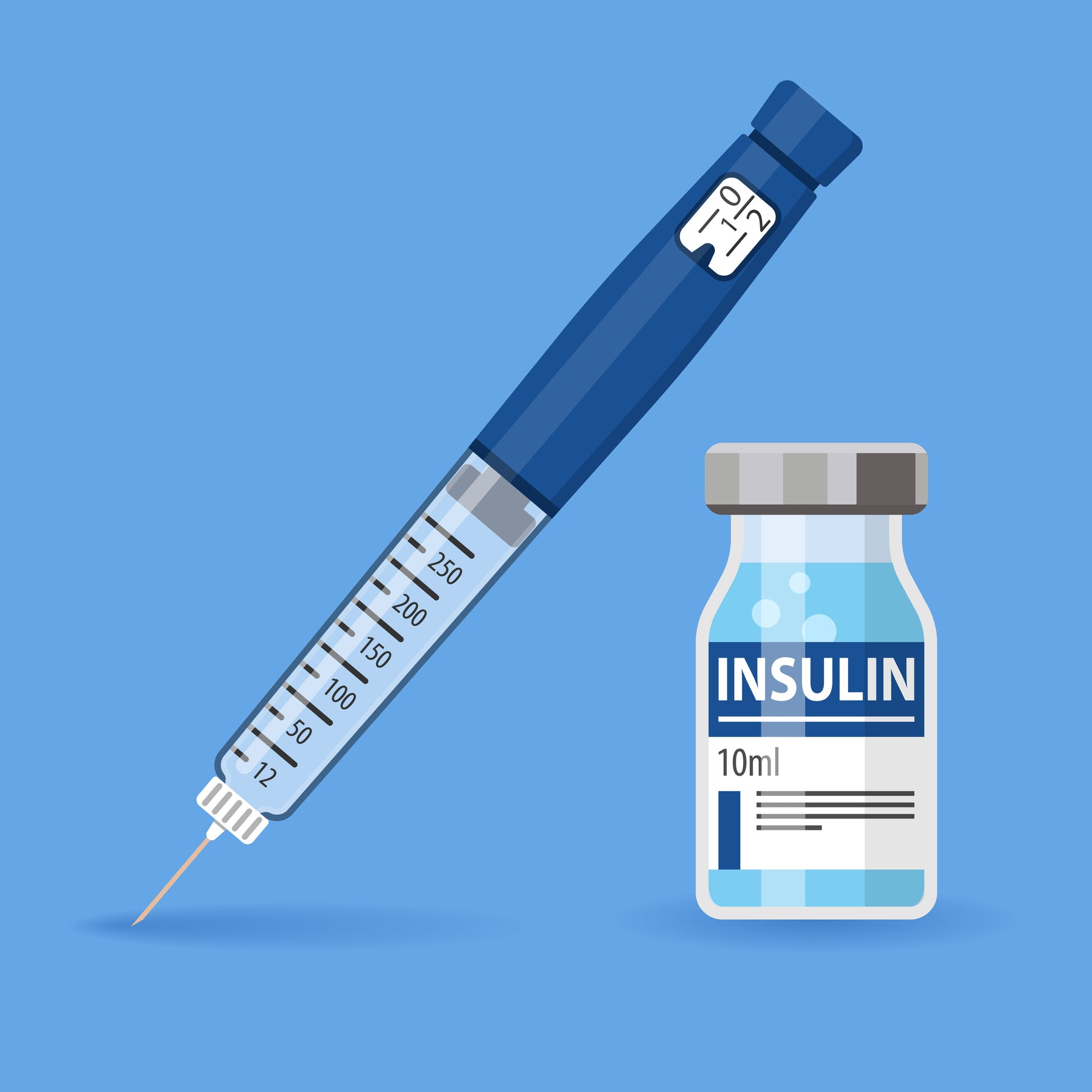
Your Best Insulin Injection Technique
When managing your diabetes requires insulin that often means learning how and when to give yourself insulin injections. Fortunately, with time and the right technique you can quickly get the hang of it.
How often will you have to self inject?
How many times a day you will need to self-inject insulin will depend on your doctor's guidance. Insulin comes in 5 main forms:
- Rapid-acting: Once injected this insulin begins to work in about 15 minutes.
- Regular, or short-acting: Also referred to as a mealtime insulin. This insulin is taken about 30 minutes before a meal to control your blood sugar following your meal.
- Intermediate Acting: This insulin takes 2-4 hours to reach your bloodstream and works for about 12-18 hours.
- Long-acting: This insulin is taken at the same time every day.
- Ultra long-acting: Because these injections can work for 36 hours or longer, you will need fewer injections.
Injection Methods
Your doctor will help you decide which technique for administering insulin is the best for you. Different ways to take insulin include syringes, insulin pens, insulin pumps and jet injectors. Syringes remain a common and cost effective method for insulin delivery.
Where to Inject Insulin
Insulin is injected into the fatty layer under the skin, the subcutaneous layer. With this type of injection, a short needle is used to inject the insulin into the fatty layer that is under the skin and on top of the muscle. It is important that insulin is injected into the fatty tissues and not into your muscle below. Injections that accidentally reach the muscle will be absorbed too quickly by your body, may not last as long, and the injection is commonly more painful. This can also lead to low blood glucose levels.
Pro Tip: You can numb your skin with an ice cube or ice pack for a few minutes prior to swabbing it with alcohol.

How to Give Yourself an Injection
- Wash your hands.
- If you are using a vial, wipe off the top with an alcohol swab
- For a syringe: Draw air into the syringe that’s equal to your insulin dose amount. Push the air into your vial of insulin. Draw the insulin into the syringe. Then tap the syringe to make sure all the air bubbles are gone.
- For a pen: Attach the needle to the end. Push out a unit or two (also known as an “air shot”) to make sure the pen is working. Dial up your dose.
- Hold the needle at a 90-degree angle to your skin and push it into the fatty outer layer. Then push the insulin pen button or press the plunger of the syringe.
- Put the needle in a sharps container.
Pro Tip: If you choose to pinch yourself for your insulin injection, make sure you let go after the needle is in your skin. Count to 10, and then take the needle out. Pinching for too long can squeeze some of the insulin back out resulting in a lower dose.
Rotate Injection Sites
If you require daily insulin it is recommended that you rotate your injection sites. Injection rotation is key in avoiding lipodystrophy, a condition where the fat either breaks down or builds up under the skin. This can cause lumps and indentations that interfere with insulin absorption.
Abdomen - The abdomen is a great choice for insulin injection and is easy to reach. Insulin is absorbed quickly and predictably in your abdomen. Choose an injection site between the bottom of your ribs and your pubic area ensuring you steer clear of the 5cm area around your navel.
Thigh - Focus on the area 10 cm above your knee and 10 cm down from the top of your leg. You can inject the top and outer areas of your thigh.
Arm - For insulin injection on your arm, use the fatty area at the back of your arm between your shoulder and elbow.
Pro Tip: Avoid areas around moles, skin blemishes, scars, broken blood vessels and varicose veins. These areas can interfere with the way your body absorbs insulin.

Disclaimer: All content found on our website, including images, videos, infographics and text were created solely for informational purposes. Our content should never be used for the purpose of diagnosis or treatment of any medical conditions. Content shared on our websites is not meant to be used as a substitute for advice from a certified medical professional. Reliance on the information provided on our website as a basis for patient treatment is solely at your own risk. We urge all our customers to always consult a physician or a certified medical professional before trying or using a new medical product.
